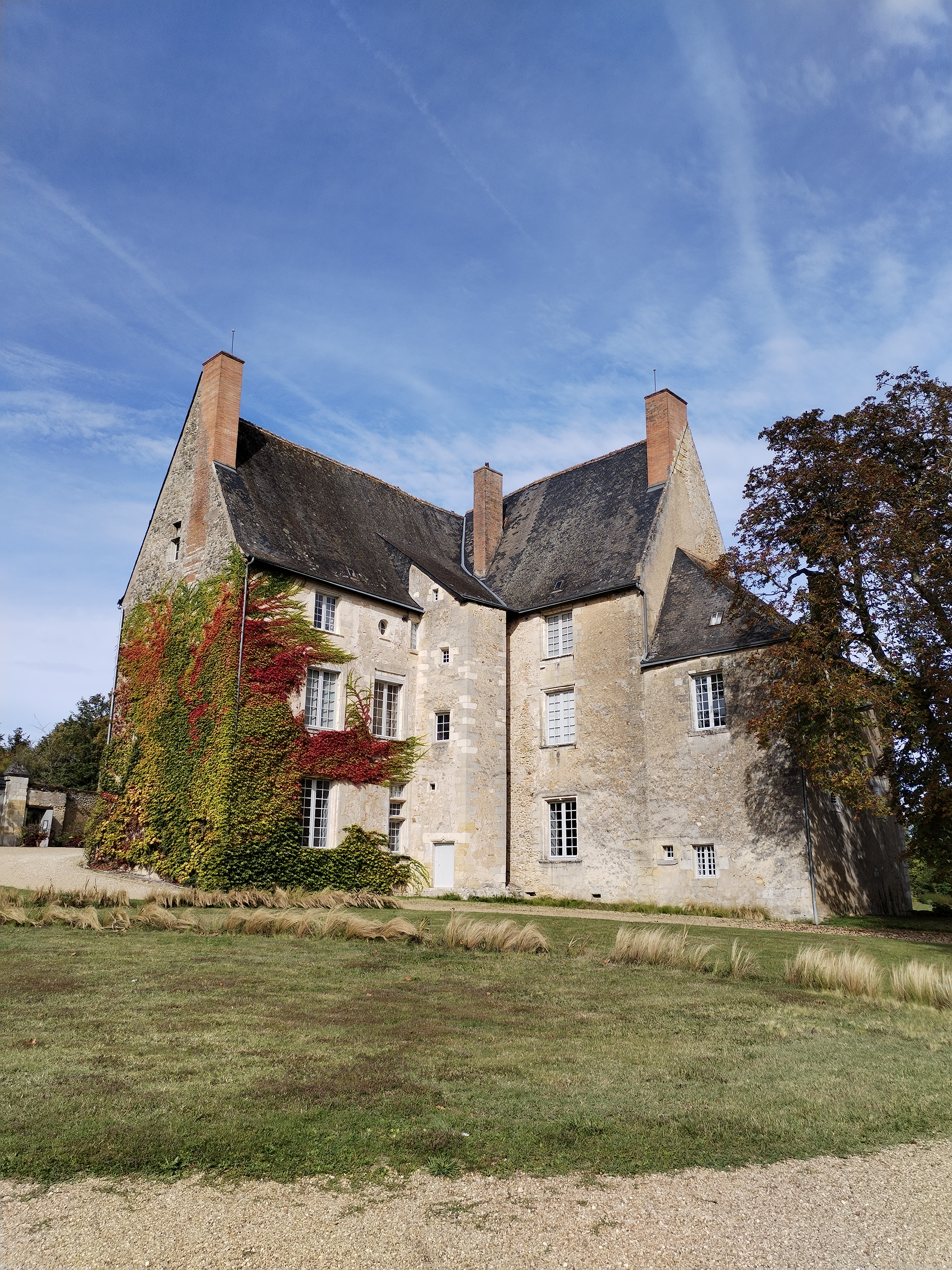The Lily Of The Valley

Saché
The Lily Of The Valley
Medium
3h45
15,3km
+183m
-183m
Loop
Embed this item to access it offline
Attachment
- Downloadpdf
Balade en Touraine : Le Lys dans la Vallée - Saché - Pont-de-Ruan
Credit: Balade en Touraine : Le Lys dans la Vallée - Saché - Pont-de-Ruan - Touraine Vallée de l'Indre
Description
- Balzac Museum - Chateau de Saché's car park or grounds
I lived for some days in a room that looked over the calm, solitary valley I have mentioned to you. It is a deep recess among the hills, bordered by 200-year oaks, with a stream running through the valley after heavy rain. - Saché Church
After the church service, Madame de Chessel naturally suggested her neighbours to spend the intermediate time at Frapesle instead of crossing the Indre and meadows twice in the stifling heat. - Saché Bridges
I crossed the Indre at the Moulin Rouge bridge, took the ever-blessed punt and rode in front of Clochegourde where a light was streaming from a window towards Azay. - Indre riverbanks
In spite of the heat, when the meal was over, I went down to the meadow for another sight of the Indre and its islands, the valley and its slopes, of which I seemed to be such a passionate admirer. - On the way to the Carroi (Calder workshop, residence and artistic design site). View over the Château de la Chevrière
On the way up the path by Clochegourde, I admired the well-disposed piles and inhaled the joy-laden air. - Vineyard enclosure
We would go to the vineyards i,n the best weather and spend half a day there. We'd fight about who had found the best bunches of grapes and who was the fastest to fill their basket ! - Château de la Chevrière's side road
Perhaps I had a flutter of vanity as the postilions cracked their whips along the new avenue leading to the main road to CLochegourde and through an iron gate - Woods
Be it a forest path like a cathedral nave, where the trees are columns and their branches arch the roof, at the end of which is a distant clearing with daylight blended with shadow and tinged red by the setting sun looms through the leaves and appears like the colourful stained-glass of a choir full of singing birds. - View over the Manoir of Vonnes
This building, which looks grand in the landscape, is modest in reality. It has five windows at the front and the ones on the south-facing edges project about twelve feet, an architectural device that gives the idea of two pavillions and a sense of grace to the abode. - Meadow
The count made me admire the view over the valley which at this point is a totally different to the one we'd had from the heights above. Here, I might have thought myself in a part of Switzerland. - Panoramic view over the Indre Valley
Here we come upon a valley which begins at Montbazon and ends at the Loire, and seems to rise and fall between the châteaux on these double hillsides; it is as a splendid emerald cup, with the Indre river coiling at the bottom. - In the shade of a walnut tree
If that woman (Mrs. De Mortsauf), as beautiful as possible, does indeed inhabit this earth, would this place be her home ? Thinking about this, I leaned against a walnut tree, underneath which I still rest to this day everytime I return to my beloved valley. - On the way to Pont-de-Ruan
Moved to the soul, I descended the slope and soon saw a village where poetry filled my heart and made me think it couldn't be equalled in beauty. - Mills
Imagine three mills placed among gracefully carved islands, crowned with tree groves rising from a field of water. - Pont-de-Ruan Church
Such is the village of Pont-de-Ruan, a picturesque little hamlet leading to an old church full of character, the likes of which painters desire for their pictures. - On the road to Saché
I followed the road to Saché along the river's left bank carefully noticing the details of the hills on the opposite shore. - View over the Château de Valesne and Château de la Chevrière
(These castles) have also always been polite to each other but with none of the daily rapport or friendly intimacy that should have been established between CLochegourde and Frapesle, two estates seprataed by the Indre and where the owners could greet one another from their respective windows. - View over the Château de Saché
Further on, in a hollow I saw the romantic piles of Château de Saché, a sad retreat though full of harmony; too sad for the superficial but dear to poets whose soul is full of pain. I too came to love its silence, its great gnarled trees and the je-ne-sais-quoi, mysterious influence of its solitary valley.
- Departure : Saché's chateau
- Arrival : Saché's chateau
- Towns crossed : Saché, Pont-de-Ruan, and Artannes-sur-Indre
Forecast
Altimetric profile
Information desks
4 Rue du Château, 37190 Azay-le-Rideau
Rd 910, 37250 Montbazon
Report a problem or an error
If you have found an error on this page or if you have noticed any problems during your hike, please report them to us here: